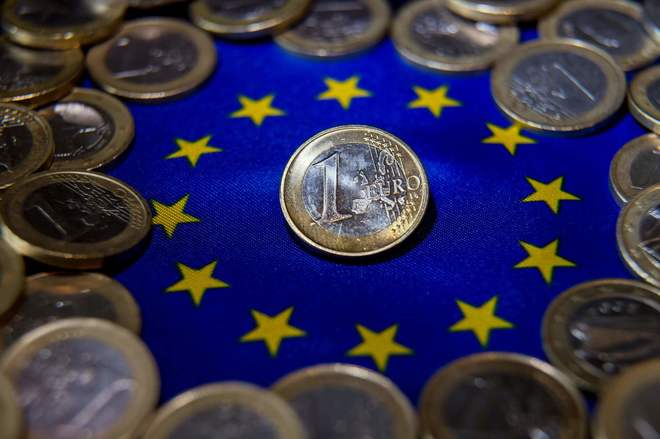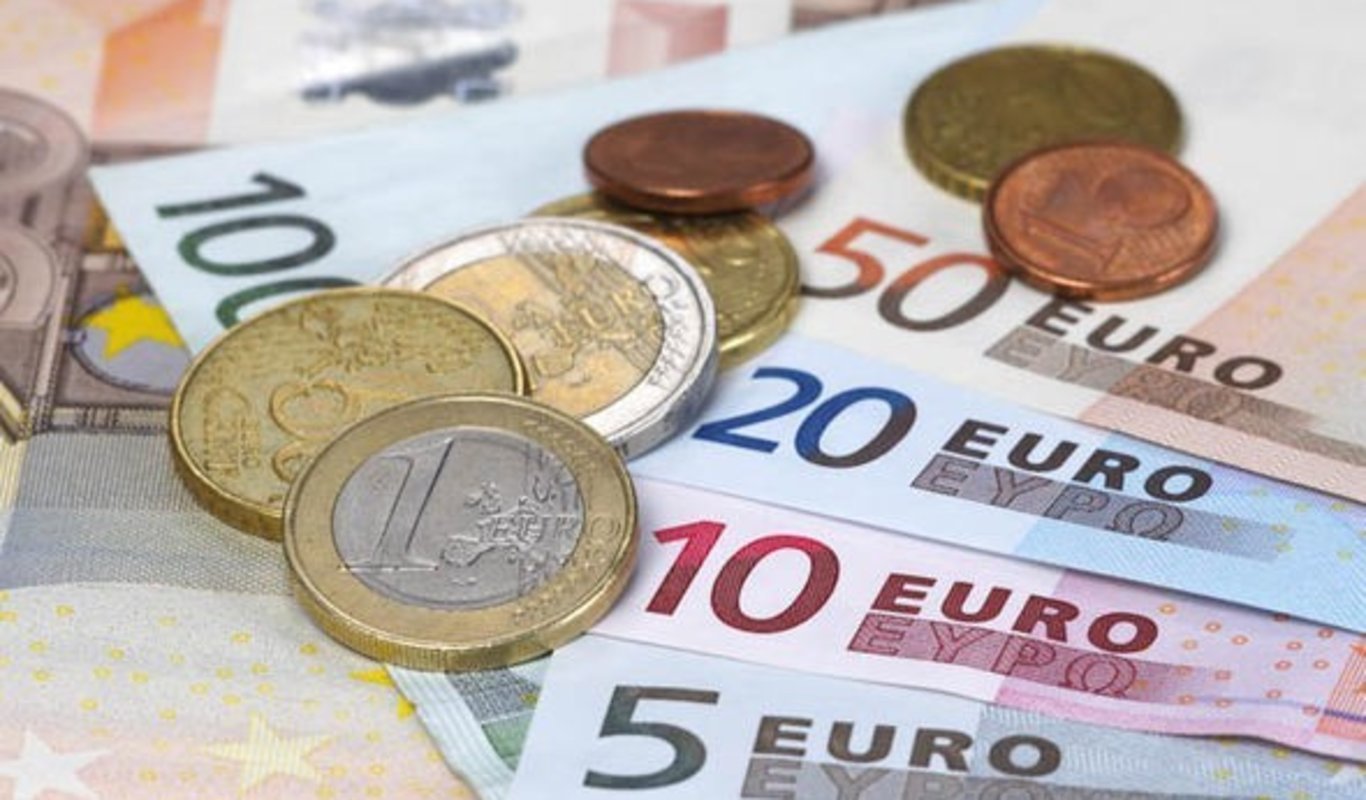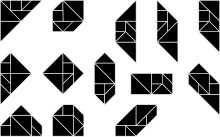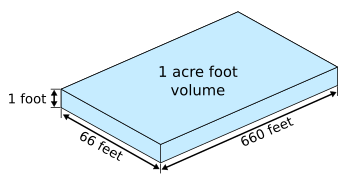In the last two months I have shared several posts on
Didactic of Mathematics, focusing on the measurement and other fields like
the statistic or the probability. Each post has had its special feature:
didactic techniques and materials for the learning of the measurement (cubes,
an own intervention proposal, the tangram, ICT tools - Google Maps - …) or the
measurement and other sciences in real contexts (stats and sports, the Spanish deck,
the acre…).
 With all of these posts I have tried to show different
ways to teach and learn measurement. Although there are posts which are not explicitly
didactic, I have added feasible didactic applications for all the cycles that could be implemented
in class in order to provide a utility for learners. In the end, I have pretended to share
a wide range of posts to create an entertaining blog, avoiding the monotony.
With all of these posts I have tried to show different
ways to teach and learn measurement. Although there are posts which are not explicitly
didactic, I have added feasible didactic applications for all the cycles that could be implemented
in class in order to provide a utility for learners. In the end, I have pretended to share
a wide range of posts to create an entertaining blog, avoiding the monotony.
As I wrote in the introduction, the main goal of the
blog was to make readers aware of the influence and the importance of
measurement in the student’s process learning and in our life, and how it is
represented in some of the areas out of the school. I hope to have obtained it.
Thank you for all!
Thank you for all!


















